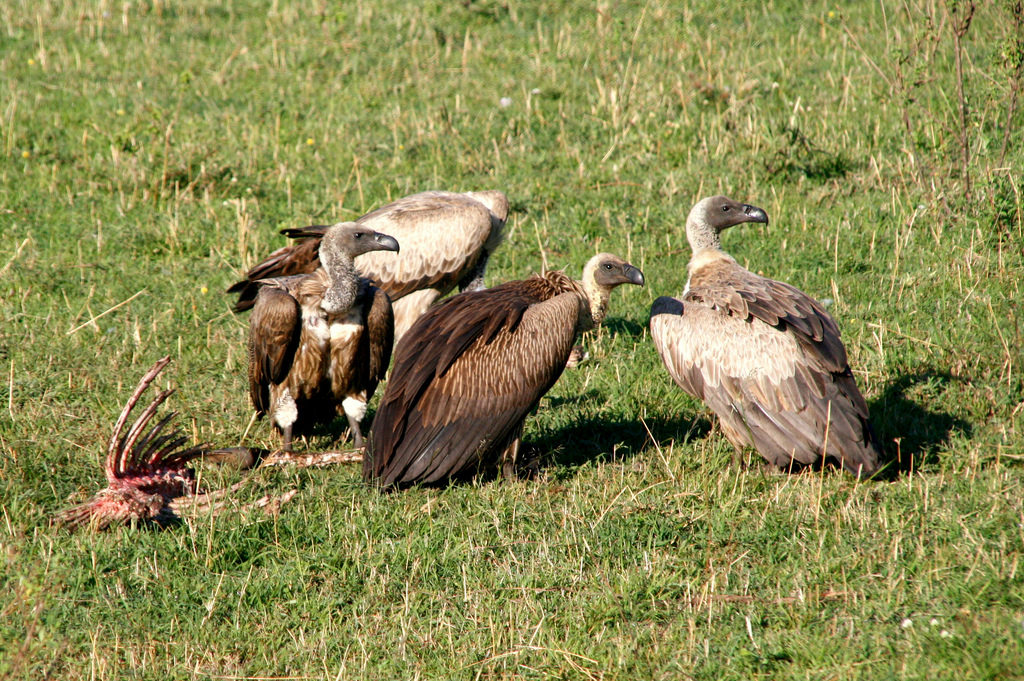
Predators and scavengers are widely persecuted by people because they are often harmful to property, livestock, and human beings. Nonetheless, research has shown that many of these animals play important roles in ecosystems and their removal can be quite harmful.
Research at the University of Queensland in Australia, recently published in the journal Nature: ecology & evolution, reviews the benefits these animals provide to humans in the landscapes they share. They found that the benefits of predators and scavengers can be far reaching, affecting human health and well-being through disease mitigation, agricultural production, and waste-disposal services.
Examples include US mountain lions reducing deer-vehicle collisions, bats saving corn farmers billions of dollars each year by reducing crop pests, and vultures saving millions otherwise spent in livestock carcass removal.
Similar benefits occur across the globe. There is, for example, a link between the presence of bats and increased coffee production that has great economic impact in developing countries where coffee is a major commodity.
We know a great deal about the negative impacts associated with predators and scavengers, but they receive very little recognition for their positive impacts. As a result, many of these animals are in a state of rapid decline. If this continues, there will likely be negative consequences that far outweigh the positive results of their removal. The researchers conclude that it is essential that we construct conservation solutions that allow a wide variety of species to persist in shared landscapes.
Understanding and communicating the benefits provided by species that are often considered to be problem animals is an important step towards establishing tolerance toward these creatures that share our world.
**********
Web Links
Reviled animals could be our powerful allies
Photo, posted November 30, 2010, courtesy of Flickr.
‘Reviled Animals Can Be Beneficial’ from Earth Wise is a production of WAMC Northeast Public Radio.
Leave a Reply